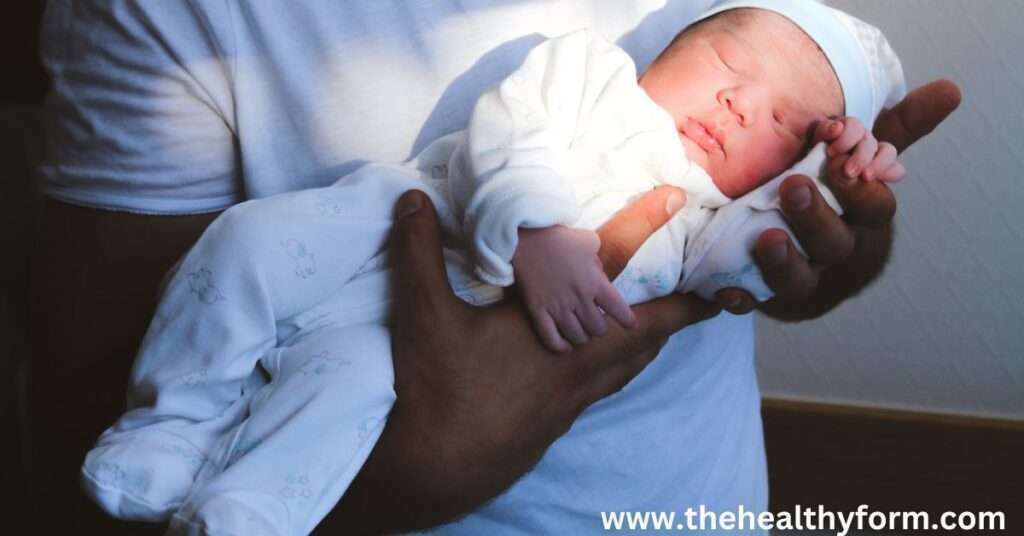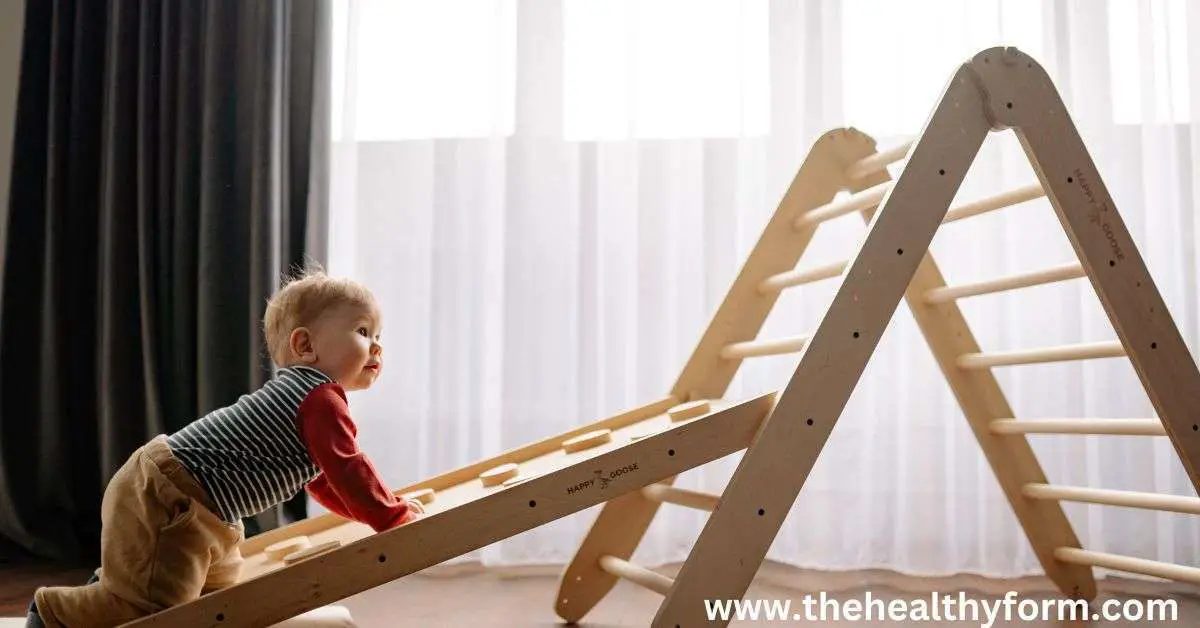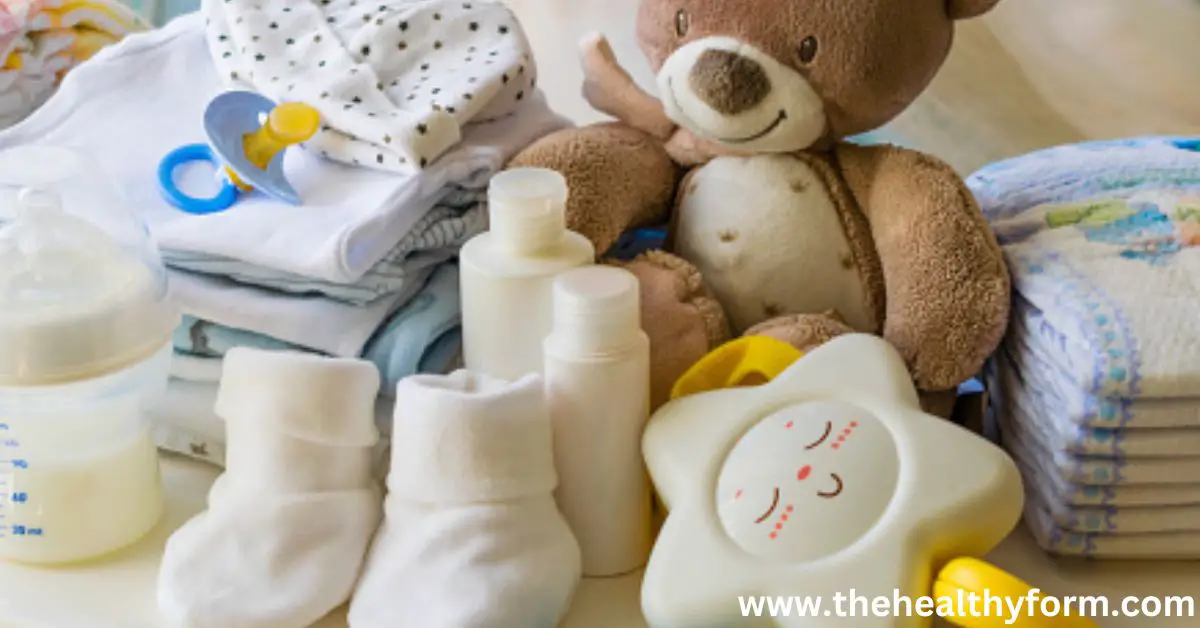Tips for Better Baby Sleep: The Ultimate Guide
Discover the secrets to helping your baby sleep through the night with our Ultimate Guide to Baby Sleep. Learn tips and techniques for promoting healthy sleep habits and establishing a routine for you and your baby. Getting enough sleep is important for a baby’s overall health and development, but it can be challenging for new parents to establish good sleep habits and routines.
This guide will cover everything you need to know about baby sleep, including what to expect at different stages of development and how to create a safe and comfortable sleep environment for your little one. We will also discuss common sleep issues and offer tips and strategies for helping your baby get a good night’s rest.

What is a Good Baby Sleep Schedule?
Newborns have very different sleep patterns than adults, and sleeping during the first few weeks of life is often normal. It’s generally recommended that newborns sleep on their backs, in a crib or bassinet that meets safety standards, and with a firm, flat surface. You can create a sleep schedule for your newborn by following their natural sleep patterns and trying to establish regular feeding and sleep times. It’s also a good idea to create a bedtime routine that includes diaper changes, feeding, and soothing to help your baby relax and prepare for sleep.
What is the Best Baby Sleep Position?
Babies should generally sleep on their backs, as this position has been shown to reduce the risk of SIDS (Sudden Infant Death Syndrome). However, as your baby gets older and becomes more active, it may prefer to sleep in other positions. If your baby rolls onto their stomach or side while sleeping, it’s generally safe to let them stay in that position as long as they can move their head freely and are not at risk for suffocation. If you are concerned about your baby’s sleep position, you should talk to your healthcare provider.
What are Common Baby Sleep Issues?
Some common sleep issues can affect babies, including difficulty falling asleep, waking up frequently during the night, and difficulty staying asleep. Various factors, such as hunger, discomfort, overstimulation, or illness, can cause these issues. It’s important to pay attention to your baby’s sleep patterns and to look for any underlying causes of sleep problems. If you are concerned about your baby’s sleep, you should talk to your healthcare provider.
What is the Best Bedtime Routine for a Baby?
Establishing a bedtime routine can help signal your baby that it’s time to wind down and prepare for sleep. A good bedtime routine might include activities like a warm bath, a diaper change, a feeding, and some quiet time for soothing and cuddling. It’s also a good idea to create a calm and relaxing environment for your baby, with low lighting and minimal noise. Consistency is critical, so follow the same daily routine to help your baby learn to associate it with sleep.

What are the Best Baby Sleep Aids?
Many sleep aids can be helpful for babies, including white noise machines, sleep sacks, and swaddles. White noise machines can help to mask household noises and create a soothing sleep environment, while sleep sacks and swaddles can help to keep your baby warm and cozy and prevent them from startling awake. It’s important to choose sleep aids that are safe and appropriate for your baby’s age and development and to follow the manufacturer’s instructions for use. If you have any concerns about using sleep aids, you should talk to your healthcare provider.
How to Establish a Baby Sleep Routine?
Establishing a sleep routine for a baby can take time and patience, but it’s an excellent way to help your baby learn to associate certain activities with sleep. To establish a sleep routine, try to follow the same activities every night before bed, such as a warm bath, a diaper change, and a feeding. You can also try to create a calm and relaxing environment for your baby with low lighting and minimal noise. Be patient, as it may take a few weeks for your baby to adjust to a new sleep routine.
How to Get a Baby to Sleep Through the Night?
Getting a baby to sleep through the night is a common goal for many parents. Still, it’s important to remember that every baby is different, and it may take time for your baby to develop the ability to sleep for longer stretches. To help your baby sleep through the night, it’s a good idea to establish a regular bedtime routine, create a comfortable and safe sleep environment, and follow your baby’s natural sleep patterns. It may also be helpful to avoid overstimulating your baby before bedtime and to be consistent with feedings and sleep times.

How to Soothe a Crying Baby Back to Sleep?
If your baby wakes up crying during the night, it’s important to identify the cause and respond appropriately. If your baby is hungry, it may be necessary to feed them. A diaper change may be in order if your baby is wet or soiled. If your baby is uncomfortable or distressed, trying soothing techniques like rocking, cuddling, or singing may be helpful. Be patient and stay calm, as your baby may take time to settle down.
How to Create a Safe Sleep Environment for a Baby?
Creating a safe sleep environment for your baby is important for their health and well-being. To create a safe sleep environment, the American Academy of Pediatrics guidelines recommends placing your baby on their back to sleep in a crib or bassinet that meets safety standards and has a firm, flat surface. Removing loose objects from the sleeping area and keeping the room comfortable is also important. Avoid using blankets, pillows, or other soft bedding, as these can increase the risk of suffocation. If you have concerns about your baby’s sleep environment, you should talk to your healthcare provider.
How to Transition from a Crib to a Bed?
As your baby gets older and becomes more active, you may need to transition them from a crib to a bed. This can be an exciting milestone, but it’s also an excellent time to be careful about safety. It’s generally recommended to wait until your child is at least two years old to transition to a bed and ensure that it meets safety standards. You may consider using a toddler or twin bed with a low height and a guardrail to help prevent falls. It’s also a good idea to establish some ground rules for your child’s new bed, such as staying until it’s time to get up.
How to Handle Baby Sleep Regressions?
Sleep regressions are ordinary in babies and can be caused by many factors, such as teething, illness, developmental milestones, or changes in routine. If your baby is experiencing sleep regression, it’s important to be patient and to try to identify any underlying causes of the sleep problems. It may be helpful to adjust your baby’s sleep routine, offer extra comfort and support, and be consistent with feedings and sleep times. If you are concerned about your baby’s sleep regression, you should talk to your healthcare provider.
How to Sleep Train a Baby Using the Cry It Out Method?
The cry-it-out method is a sleep training technique that allows your baby to cry until they fall asleep independently. This method is based on the idea that babies can learn to self-soothe and must fall asleep independently. To sleep, train your baby using the cry-it-out method. You can start by establishing a bedtime routine, making your baby drowsy but awake, and then leaving the room.
If your baby cries, you can wait a few minutes before checking on them and offering comfort. Over time, you can gradually increase the time you wait before checking on your baby. Be patient and consistent with the cry-it-out method, as it may take a few weeks for your baby to learn to fall asleep independently.
FAQ about Baby Sleep
Some of the most common questions people have about baby sleep are:
How many hours of sleep does a newborn baby need?
Newborns need around 14-17 hours of sleep daily, which can vary depending on the baby.
How long should my baby sleep at night?
Babies generally sleep in short stretches of 2-3 hours at a time, waking up to feed. As they age, they will start to sleep for longer stretches but may still wake up to feed once or twice during the night.
How can I help my baby sleep through the night?
Establish a consistent bedtime routine, create a calm and quiet sleep environment, avoid over-stimulating activities before bedtime, and be responsive to your baby’s needs during the night.
When should I start sleep training my baby?
Sleep training can be started around 4-6 months of age when babies can better self-soothe and regulate their sleep.
How can I tell if my baby is getting enough sleep?
Look for signs such as consistent nap and bedtime routines, a regular sleep schedule, and a happy and well-rested baby during waking hours. Consult with your pediatrician if you have concerns about your baby’s sleep patterns.
Conclusion
Getting enough sleep is important for a baby’s overall health and development, and it’s a common concern for many parents. By understanding what to expect at different stages of development and how to create a safe and comfortable baby sleep environment, you can help your little one get the rest they need. Remember always to follow the guidance of your healthcare provider or a sleep specialist and to seek help if you have any concerns.





